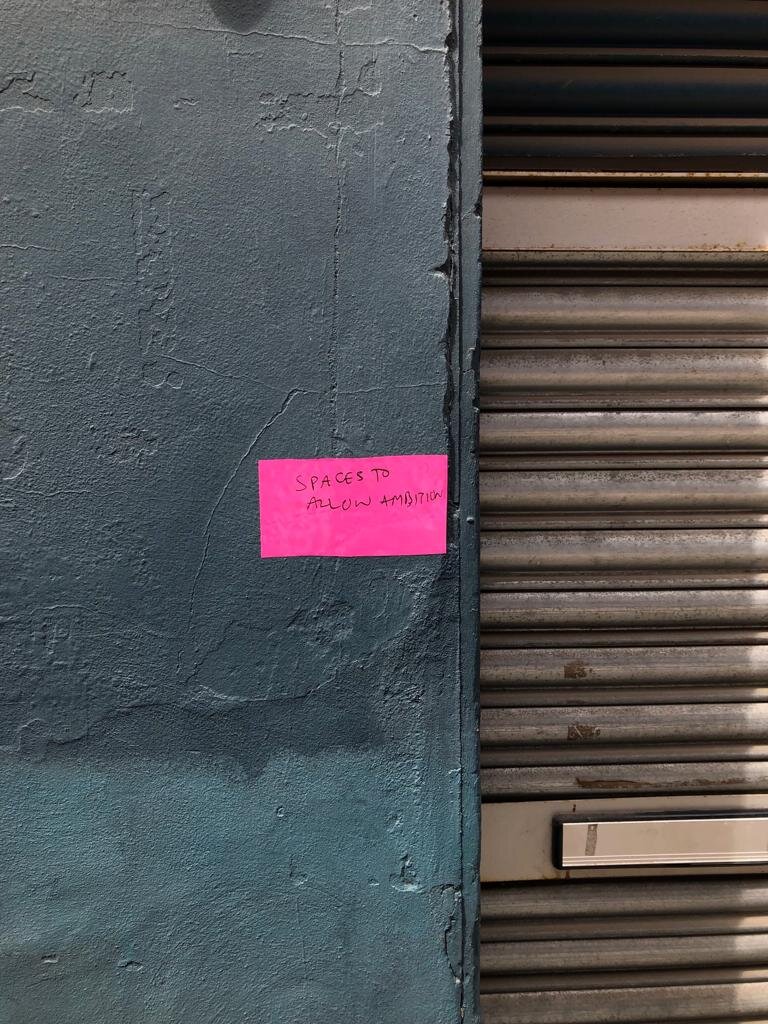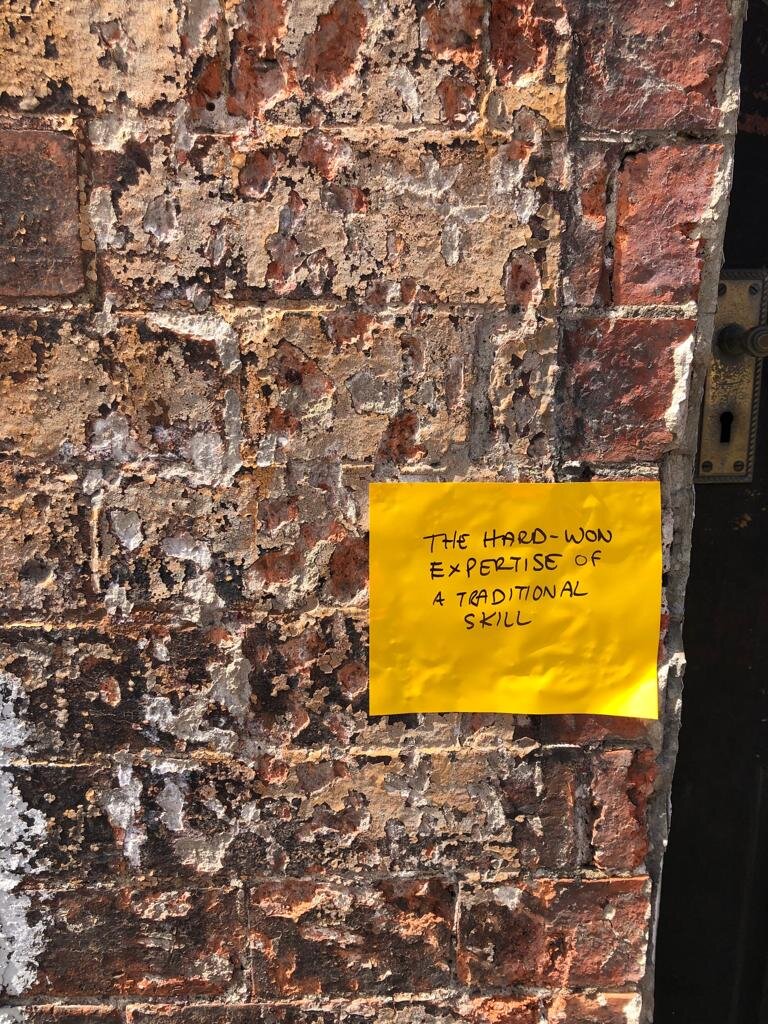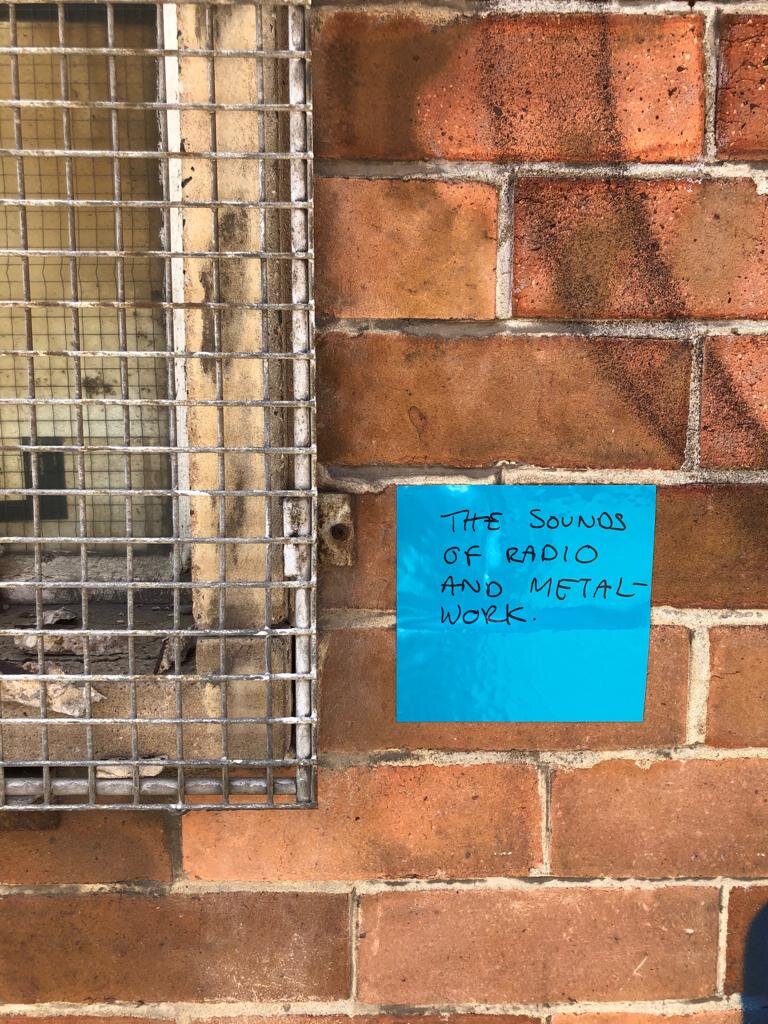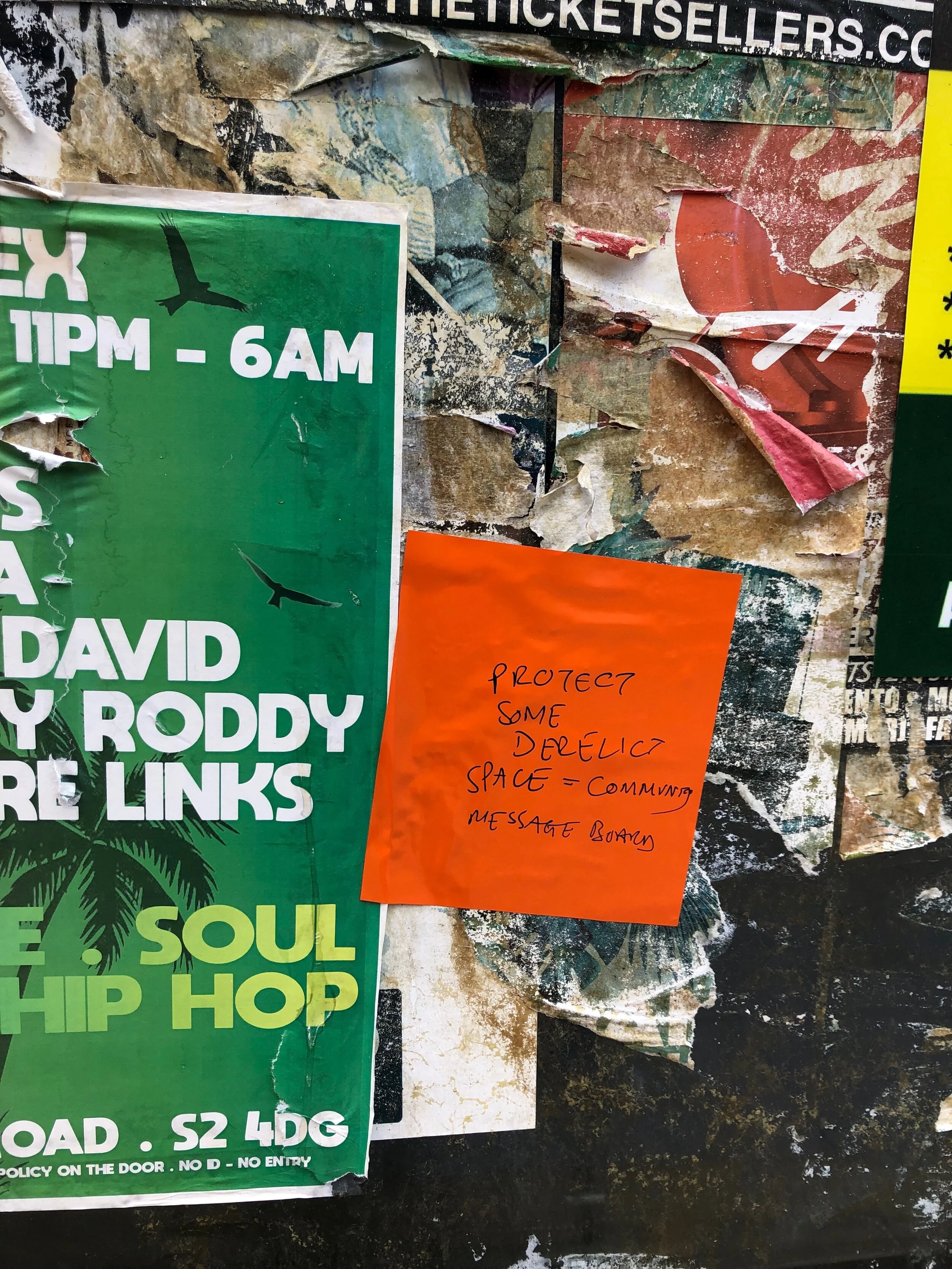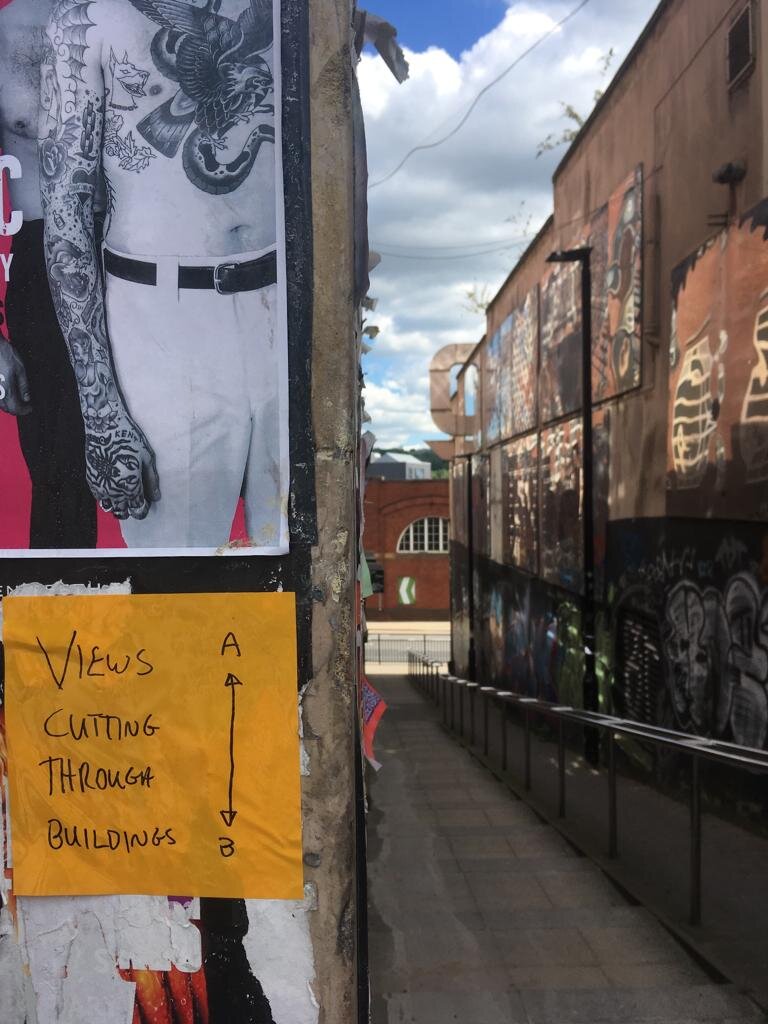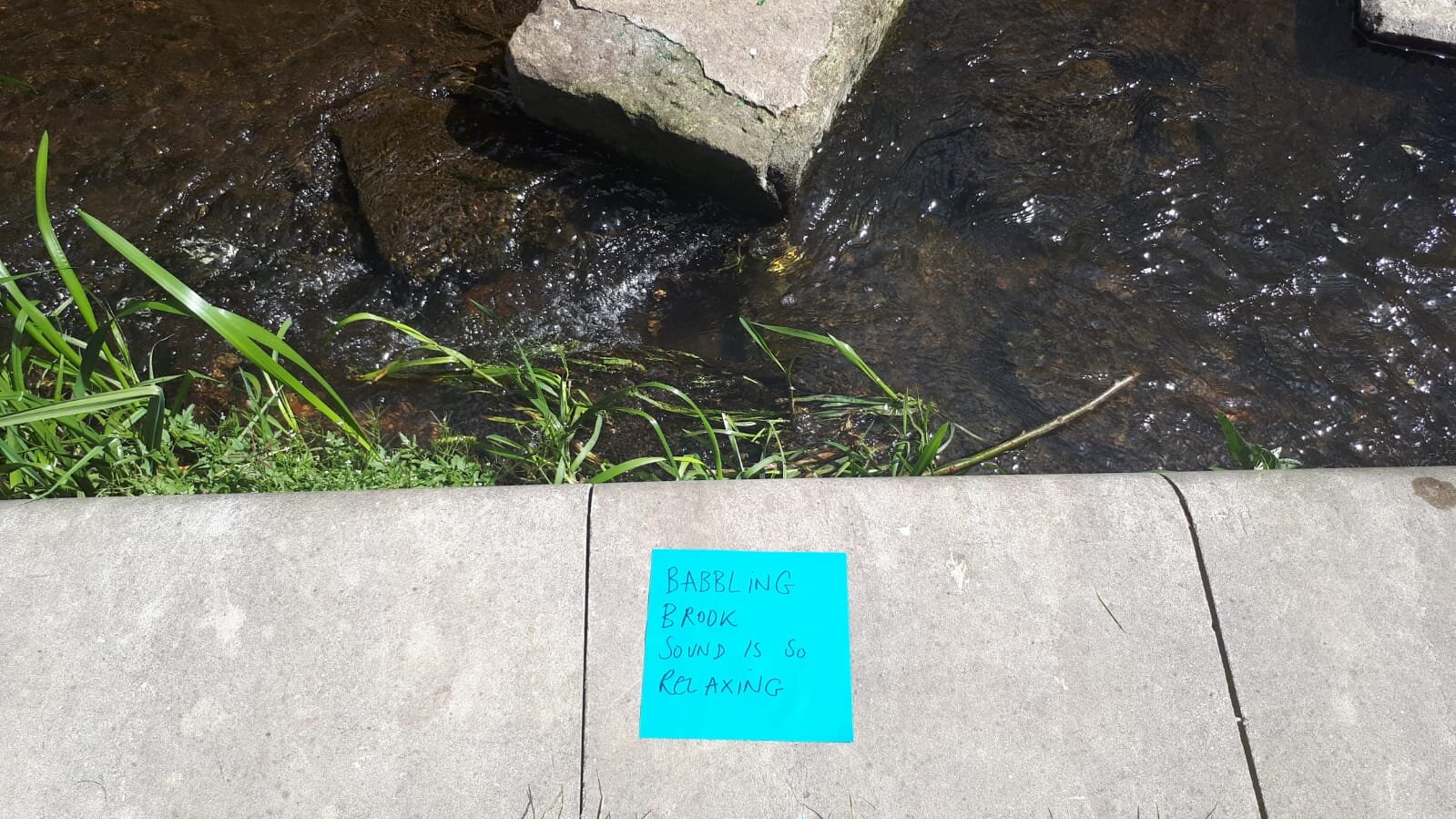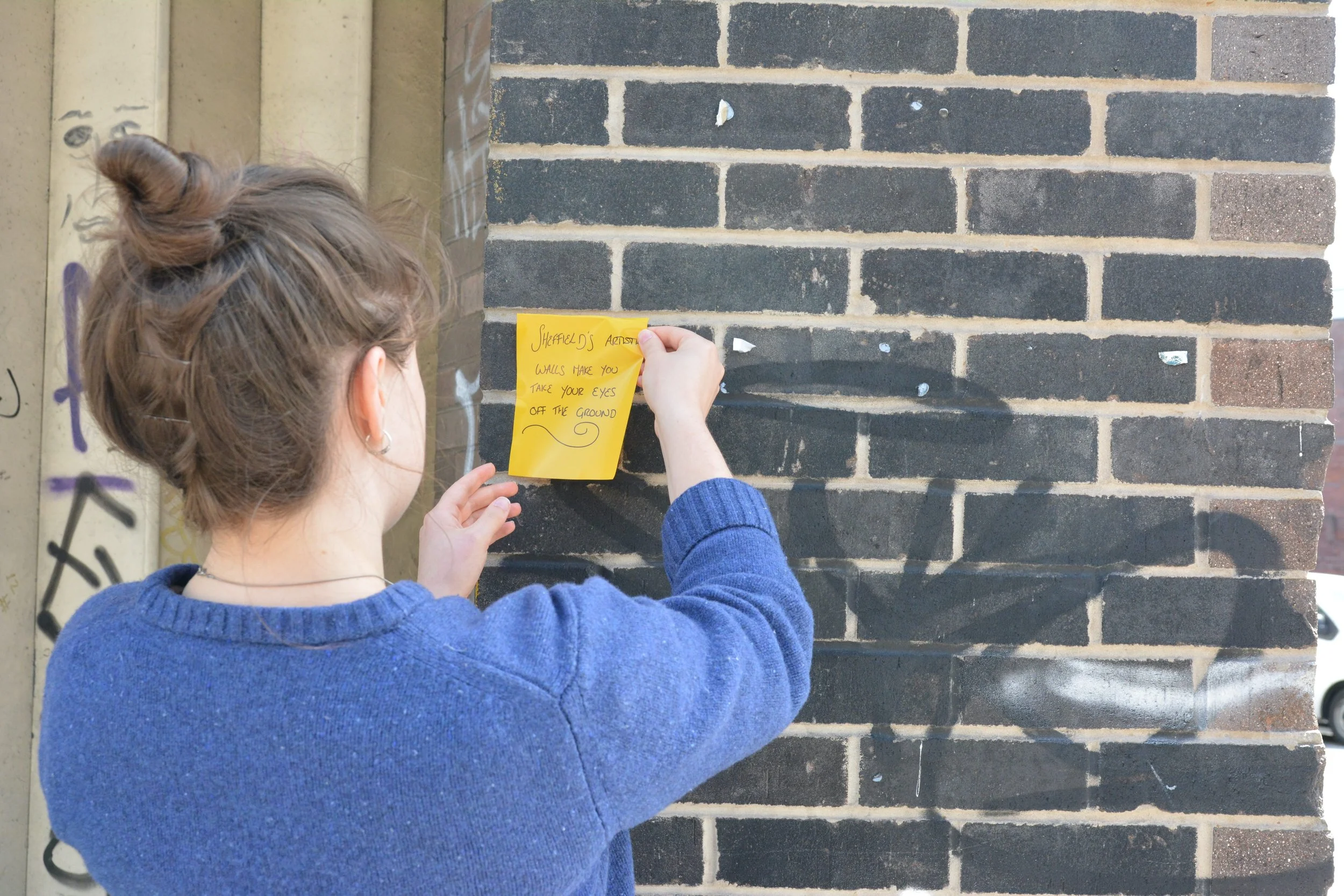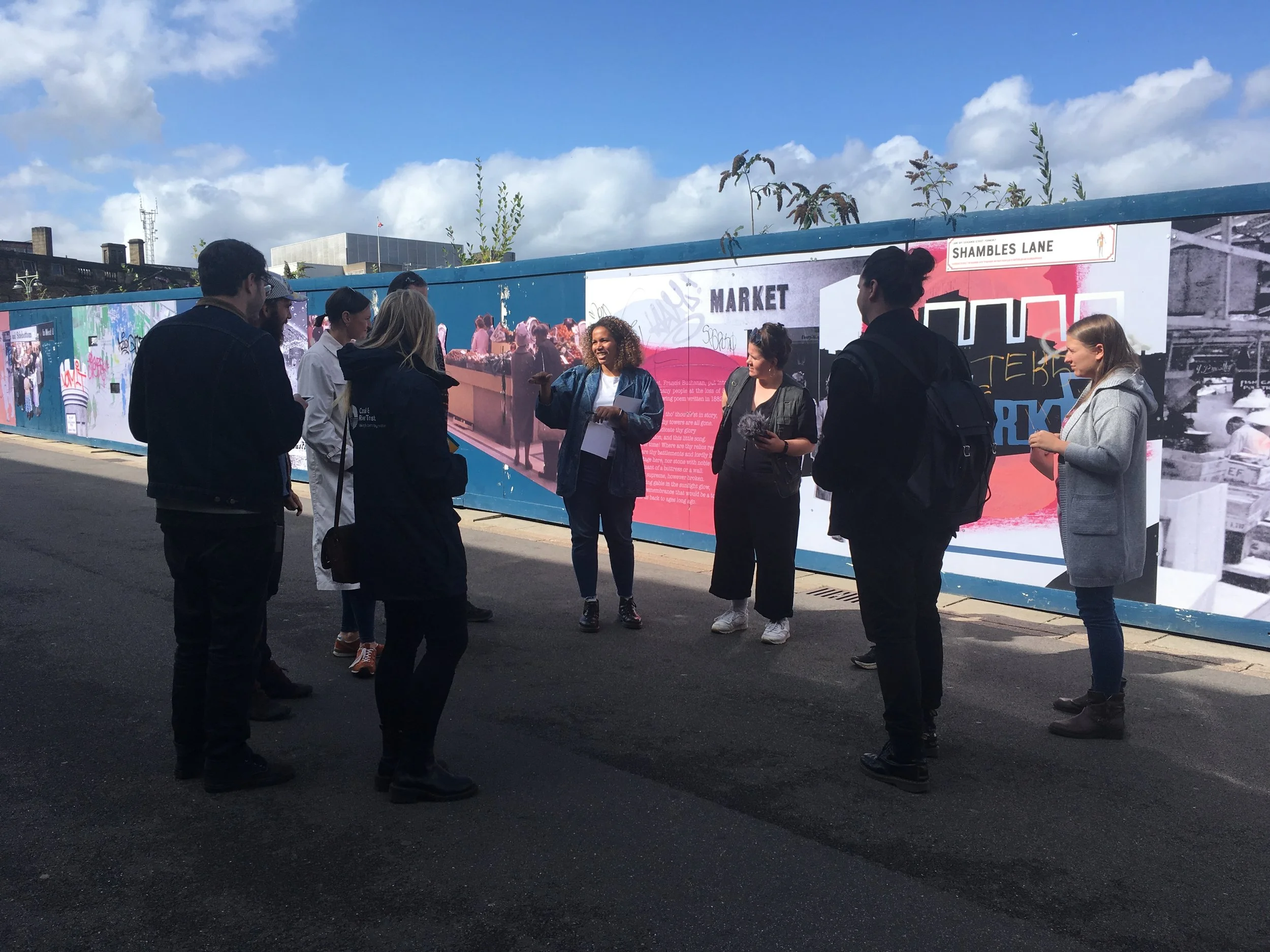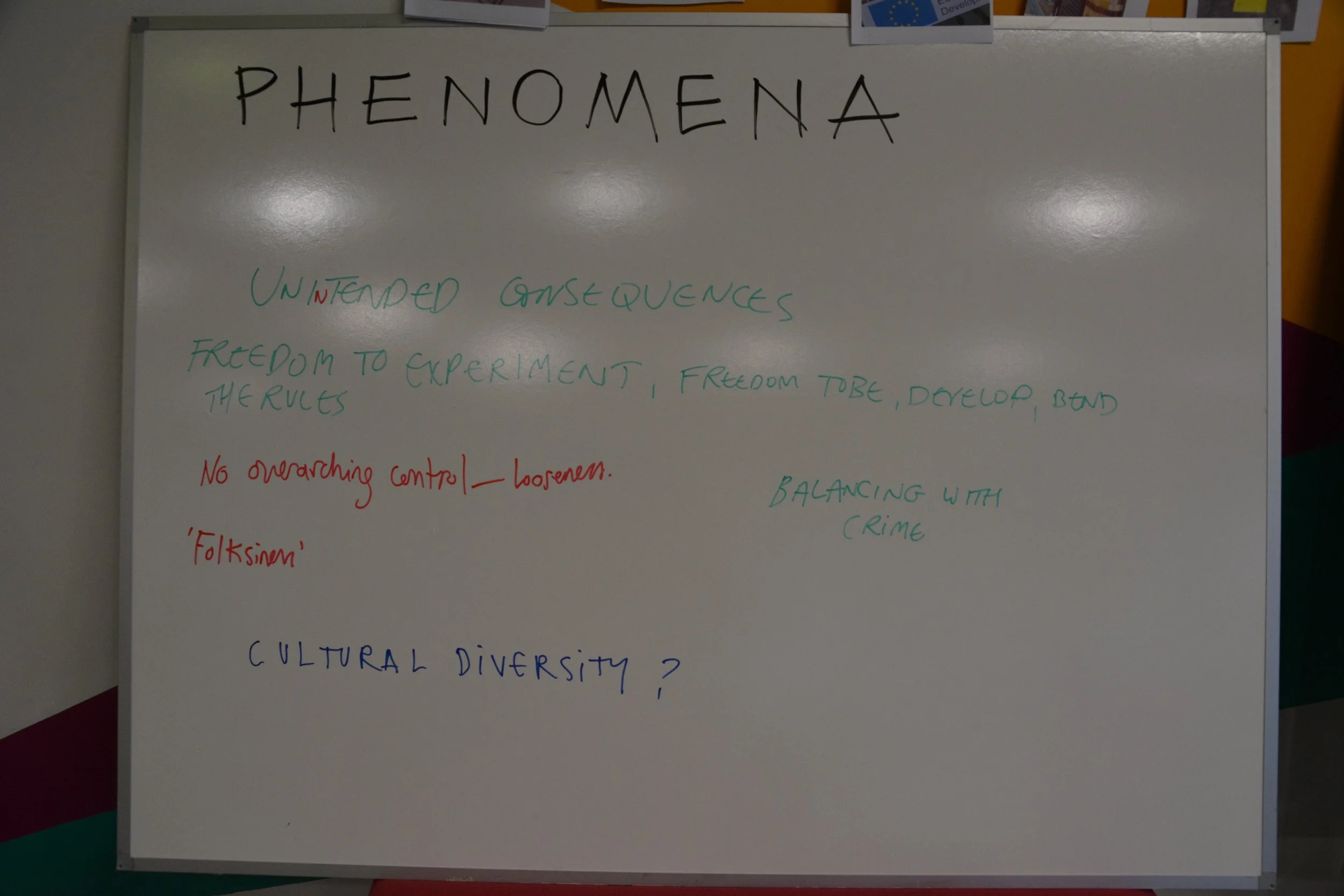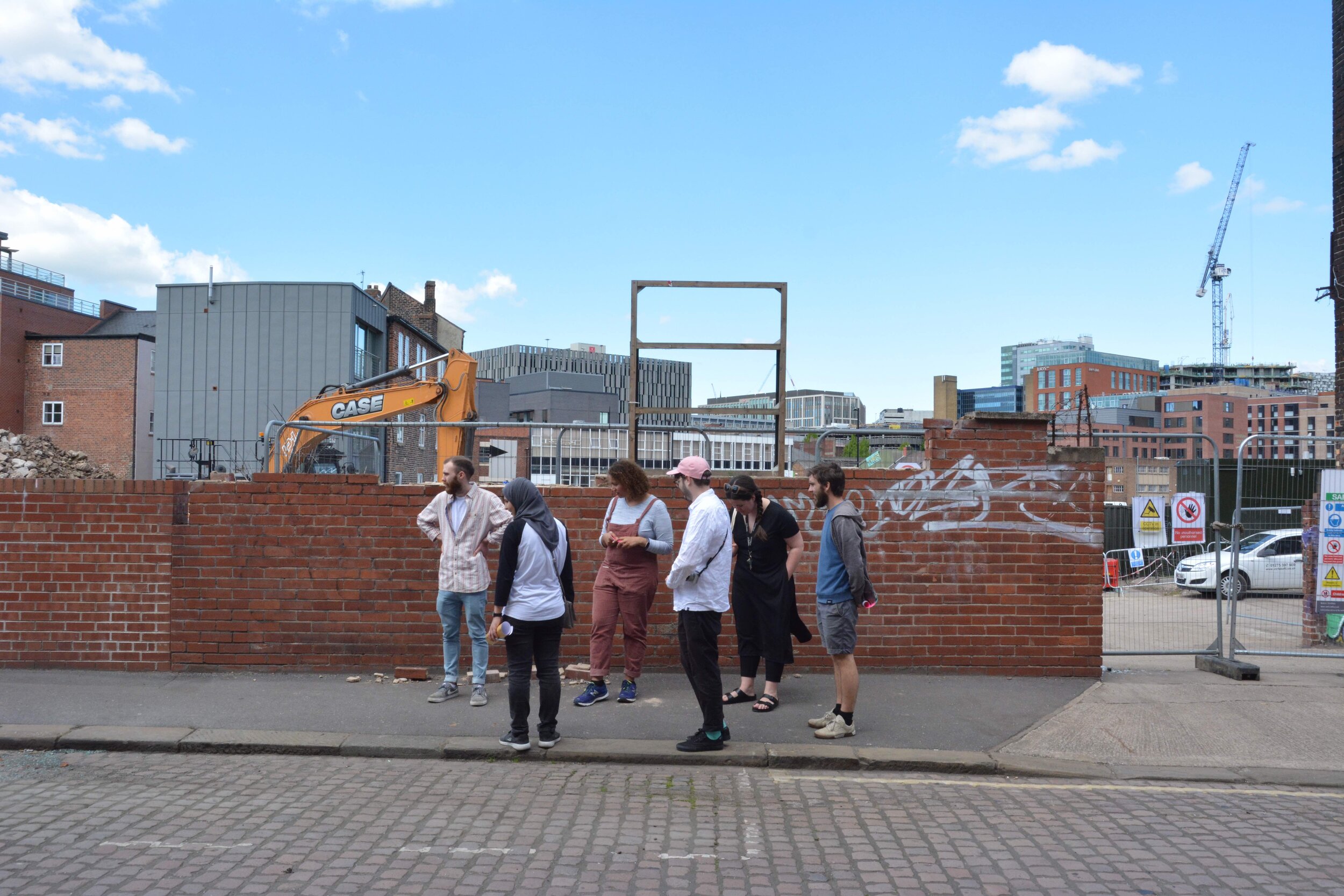
mapping immaterial value -or the ‘things you hold dear’- in the context of urban regeneration in Sheffield.
common-places (2019)
Sheffield, UK.
Collaborators:
Catalina Pollak Williamson, Dr. Andy Inch (University of Sheffield, Planning Department), Brightbox Makerspace.
Commissioned by:
Site Gallery (Sheffield) for the “City of Ideas” project - supported by Arts Council’s Ambition for Excellence fund.
Publication:
Pollak Williamson, C. (2021). Things we hold dear. Airea: Arts and Interdisciplinary Research, (3), 5-16. https://doi.org/10.2218/airea.5616
common-places was a participatory workshop that engaged the local community by inviting them to recognise the “things they hold dear” about the area in which they live or work. The premise was to identify forms of material and immaterial value that would reveal the “character” of a place and forms of use-value that are important to a local community.
The intention was to develop a set of tools to highlight, map, commemorate and ultimately protect this intangible heritage in the context of urban regeneration in Sheffield. The project addresses some of the existing challenges of integrating “an expanded notion of heritage” in urban planning. That is, one that conveys the material legacy of the built environment alongside the intangible elements resulting from the interaction between people, places and things.
The project was structured as a three-part intervention and designed using different methodological approaches. The first part was conceived as a collective walk to unearth “embodied place-wisdom” through the recollection of the everyday experience of place, and to recognise and highlight forms of value by using analogue and digital forms of mapping. The second part involved developing a conceptual framework to capture an expanded notion of heritage in relation to the ‘urban intangible’ and help categorise the subjectivity of the experiential by qualifying the immaterial into a quantifiable form: the ‘character’ of a place. The third part of the project involved communicating this outcome by sharing it with the wider community when inviting them to participate in a collective action: the production of a symbolic sculpture to commemorate the local heritage and celebrate the beauty of the imperfect. Ultimately, the project involved delivering these principles through the drafting of a “Community Use-Value Strategy (CUVS)”.
